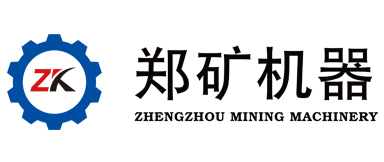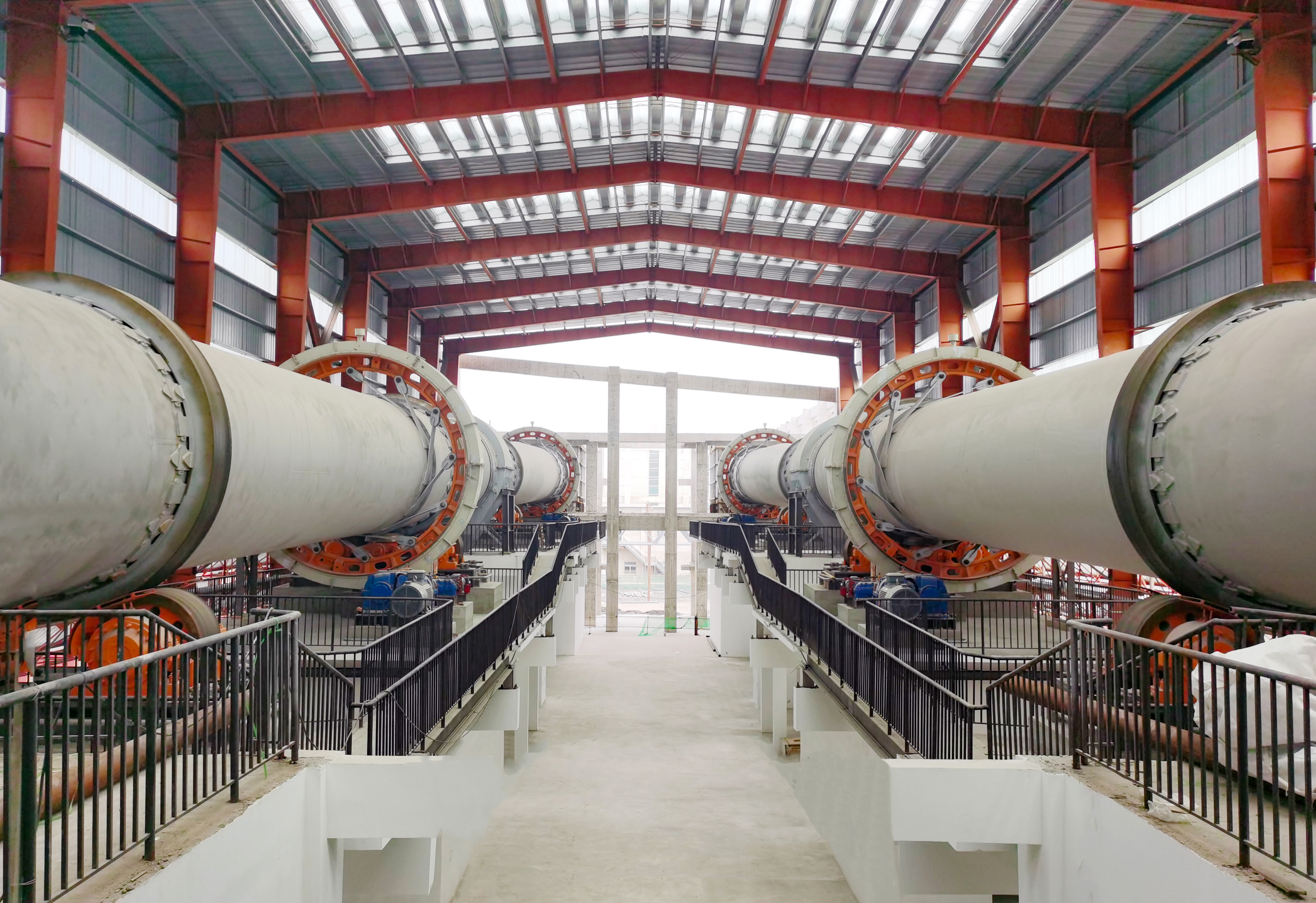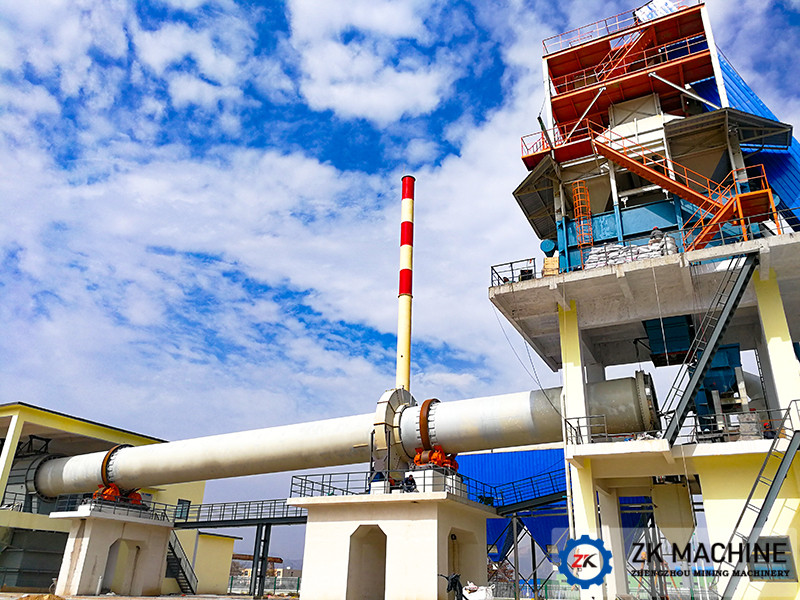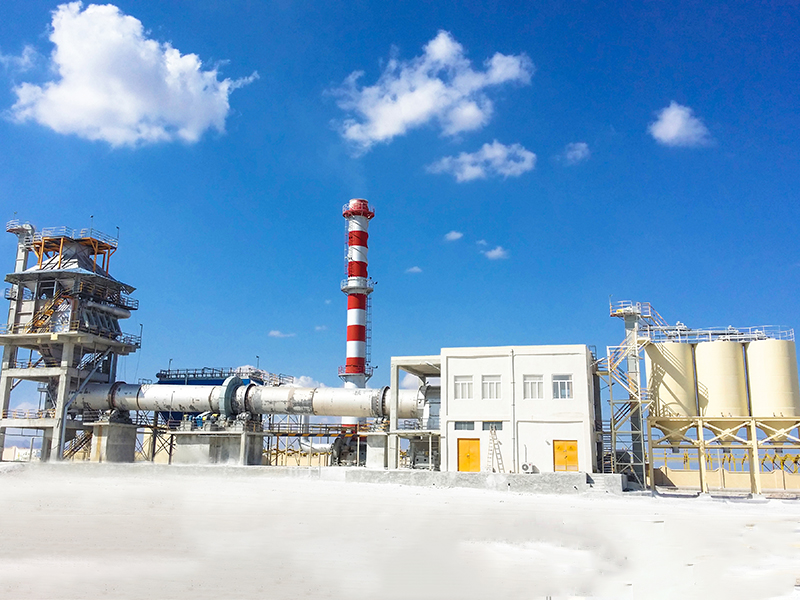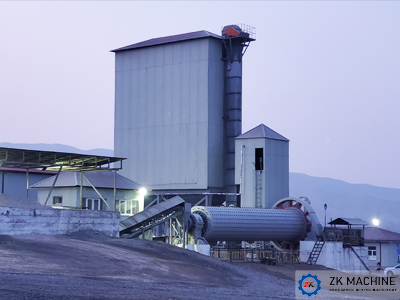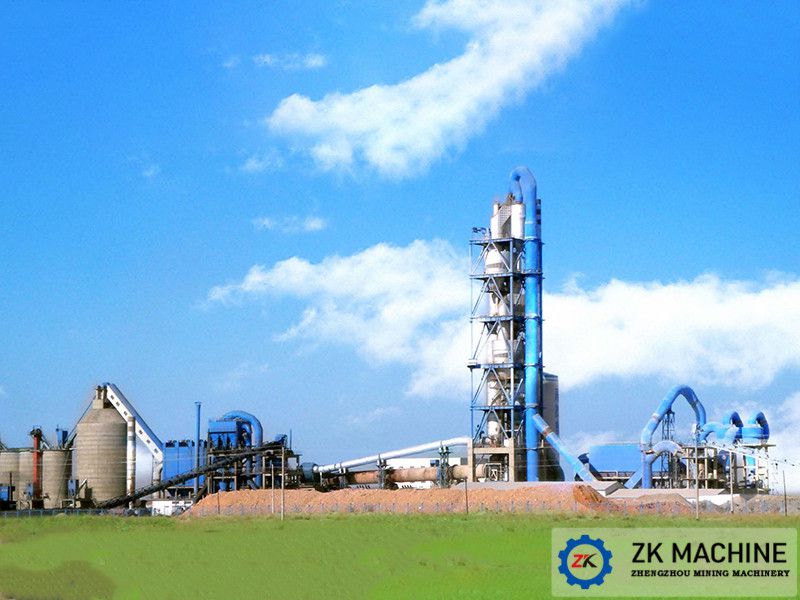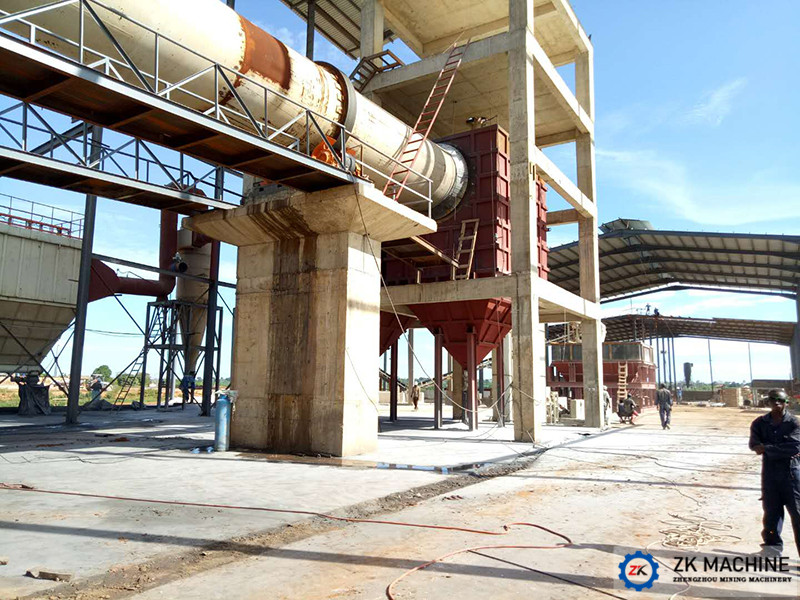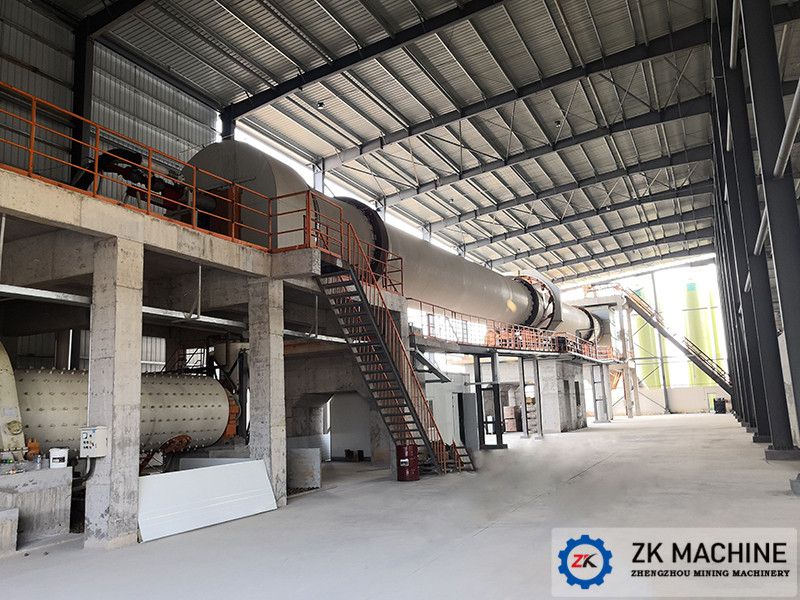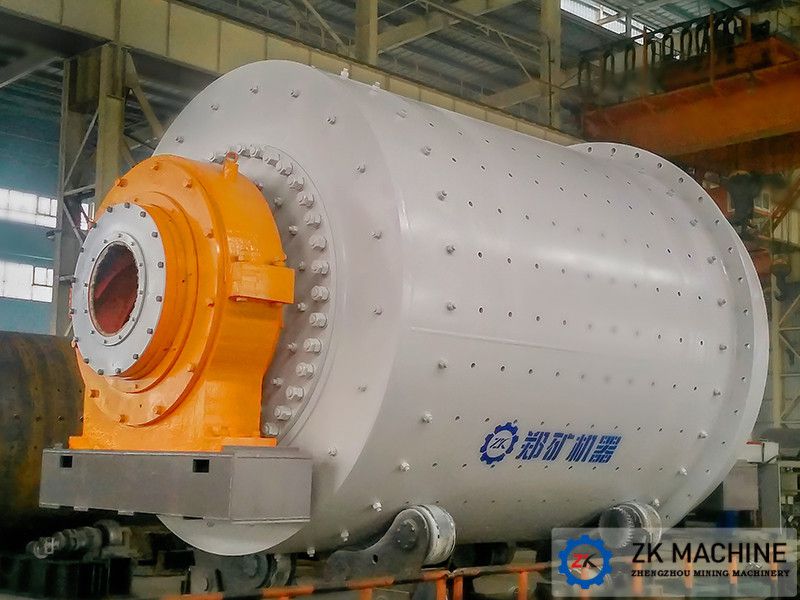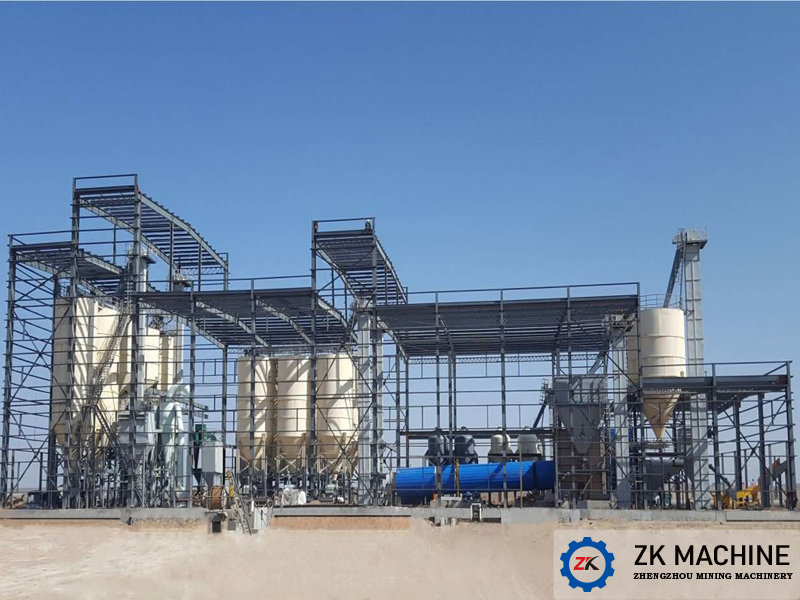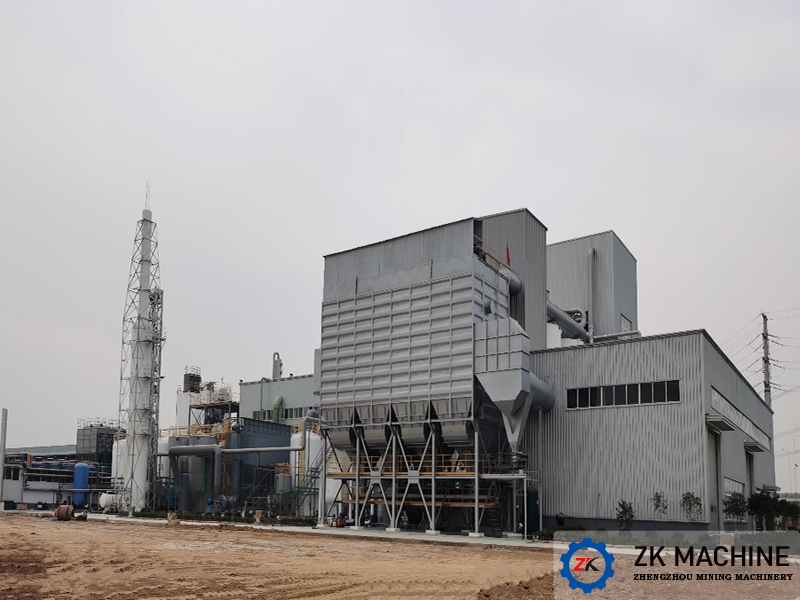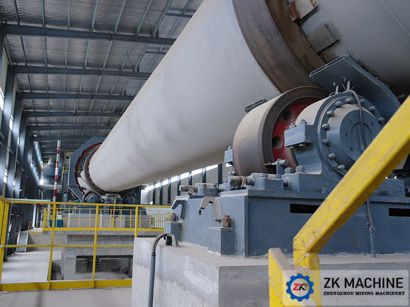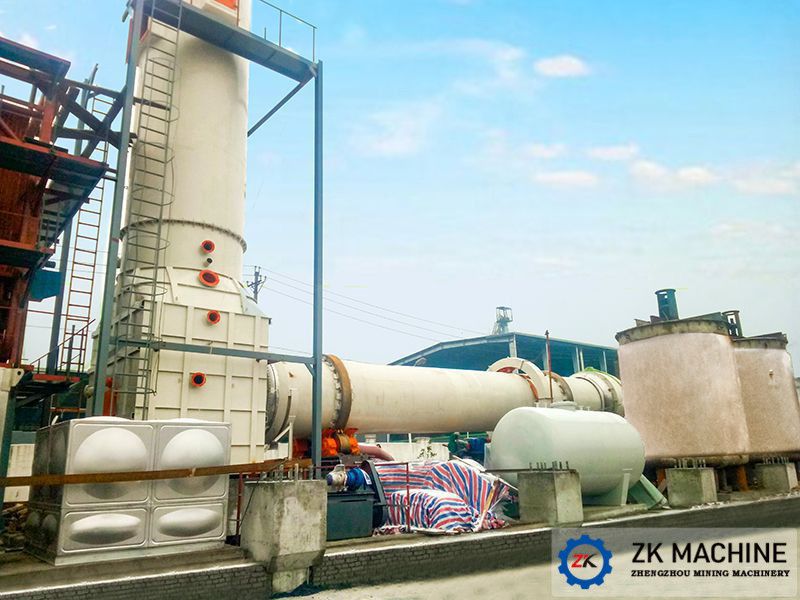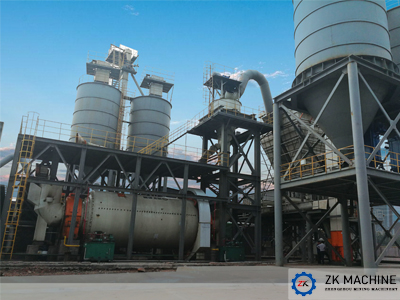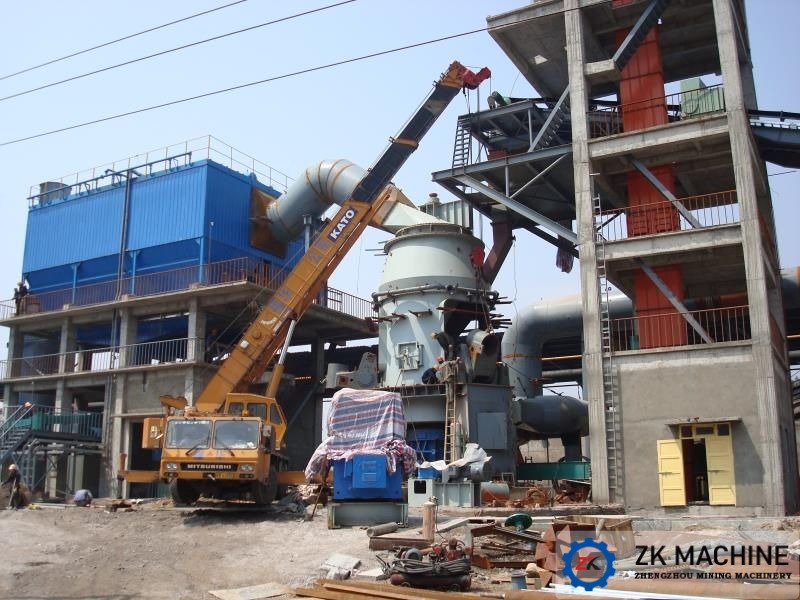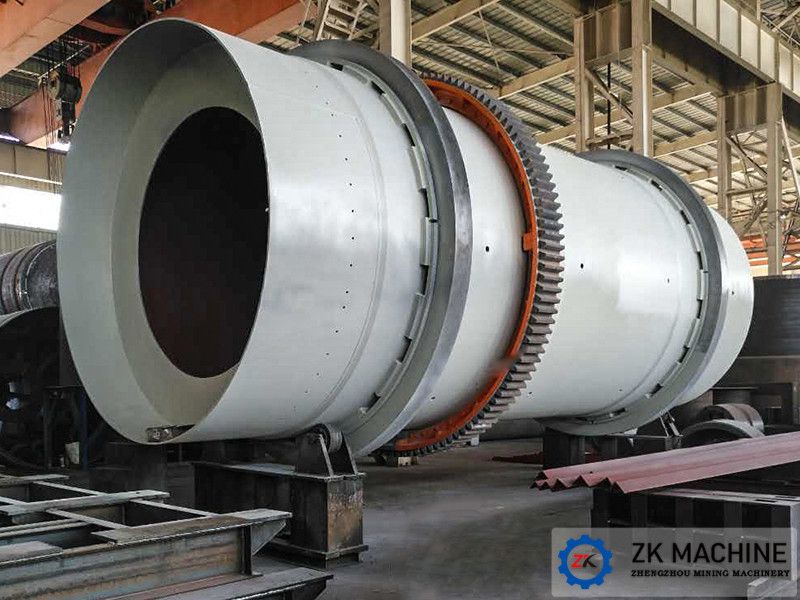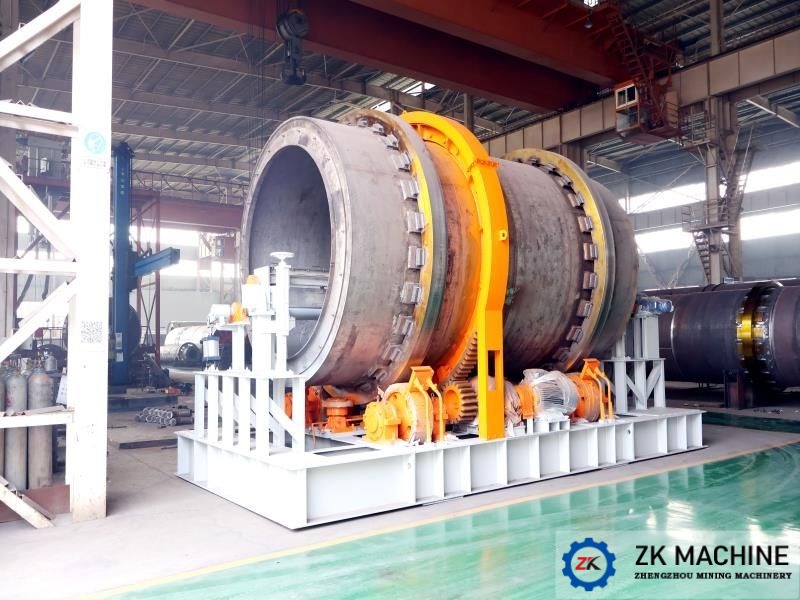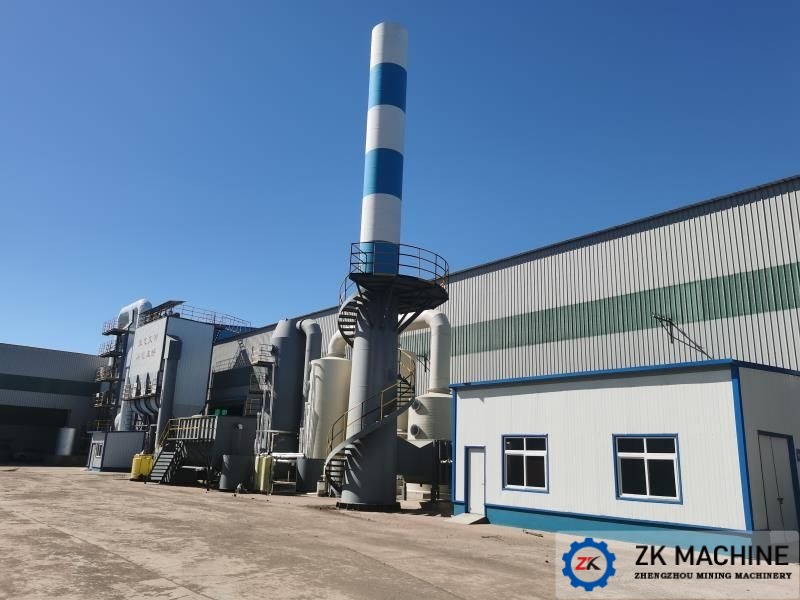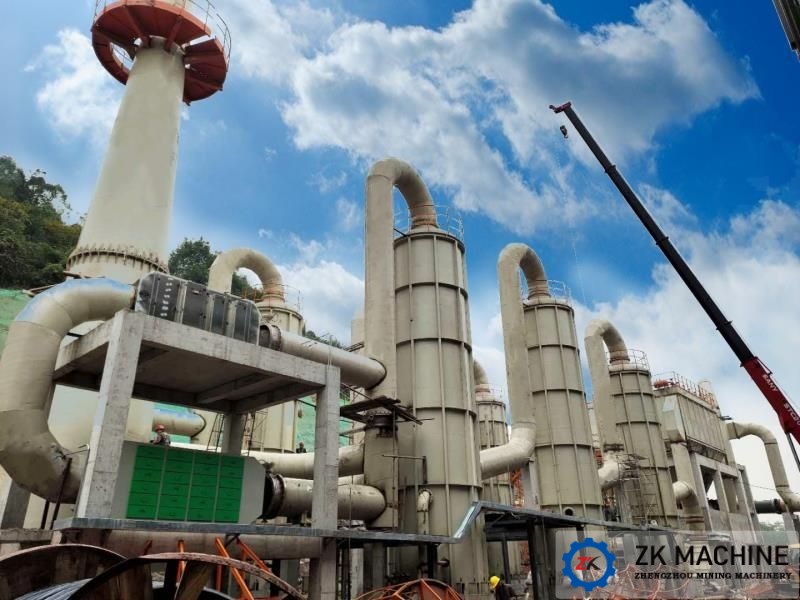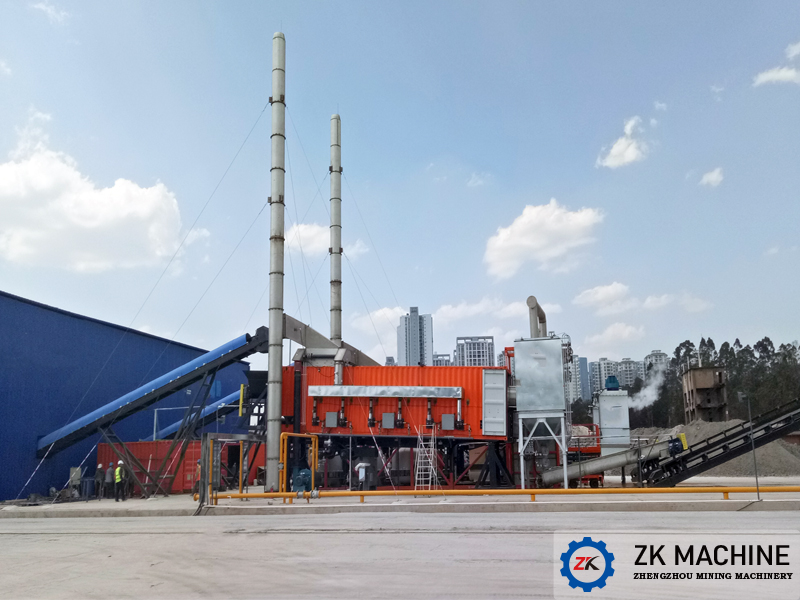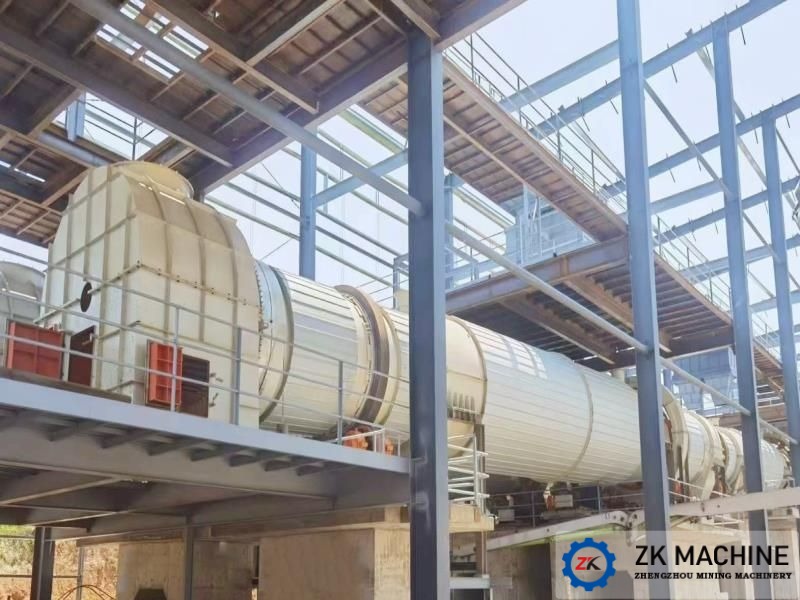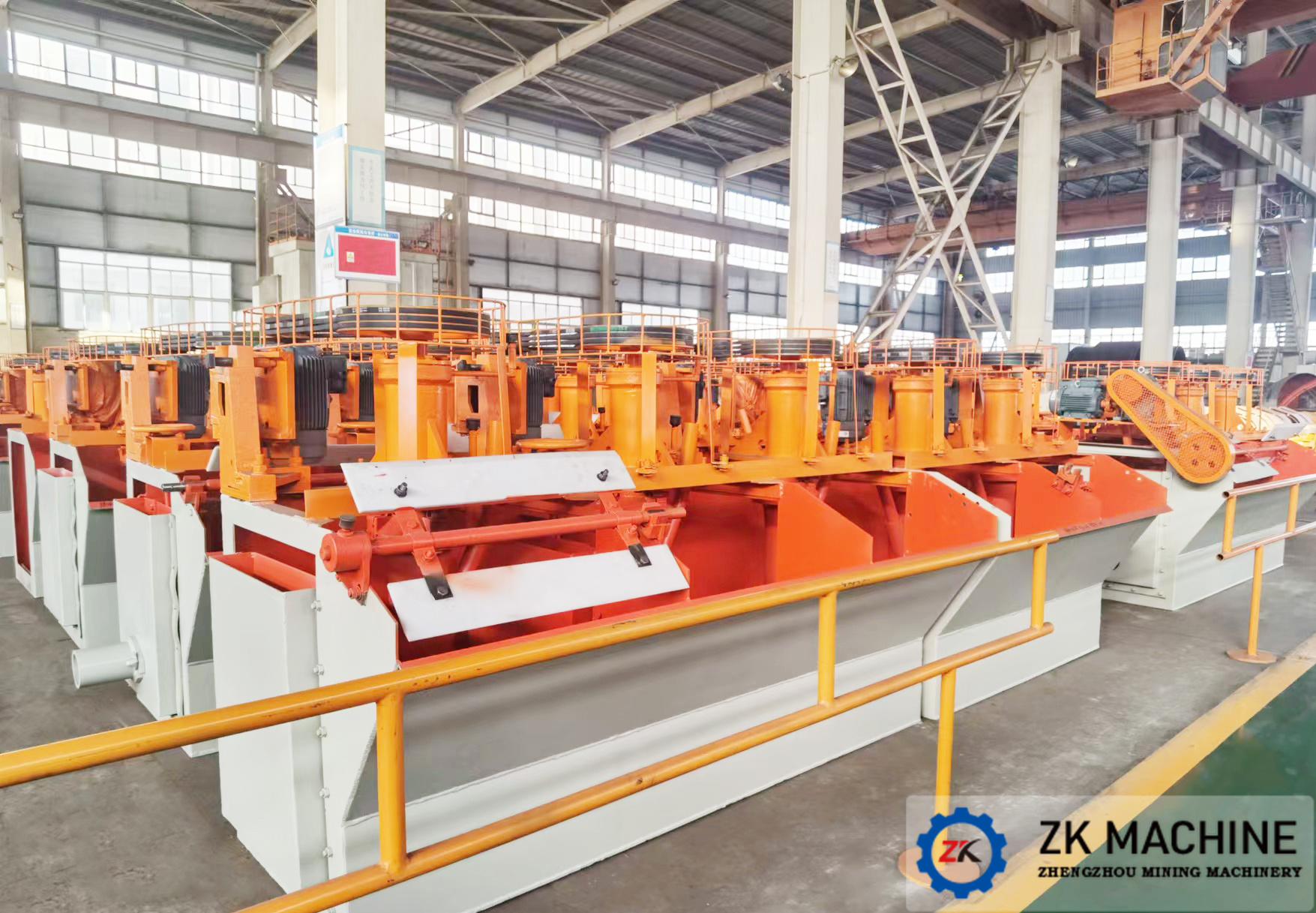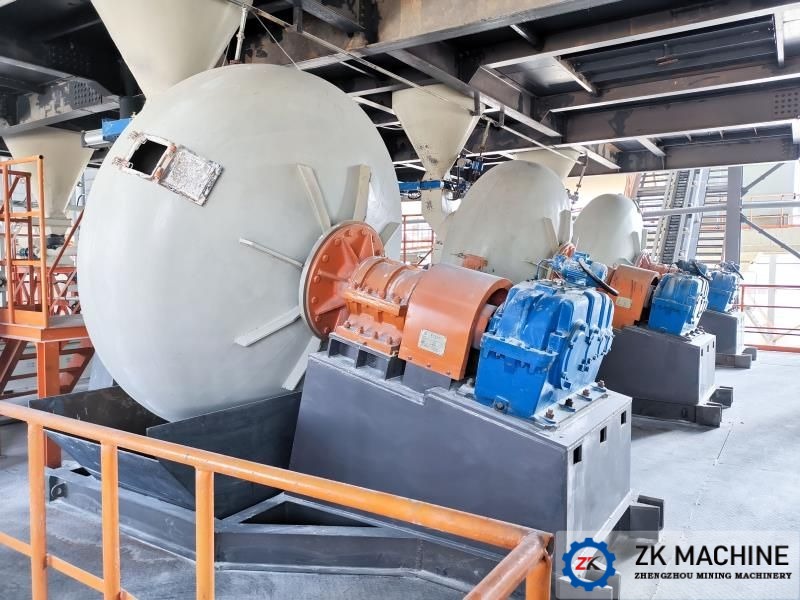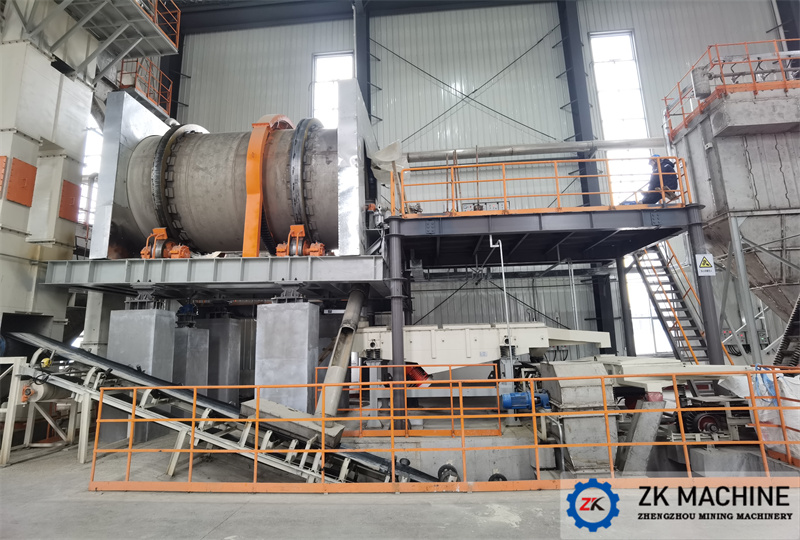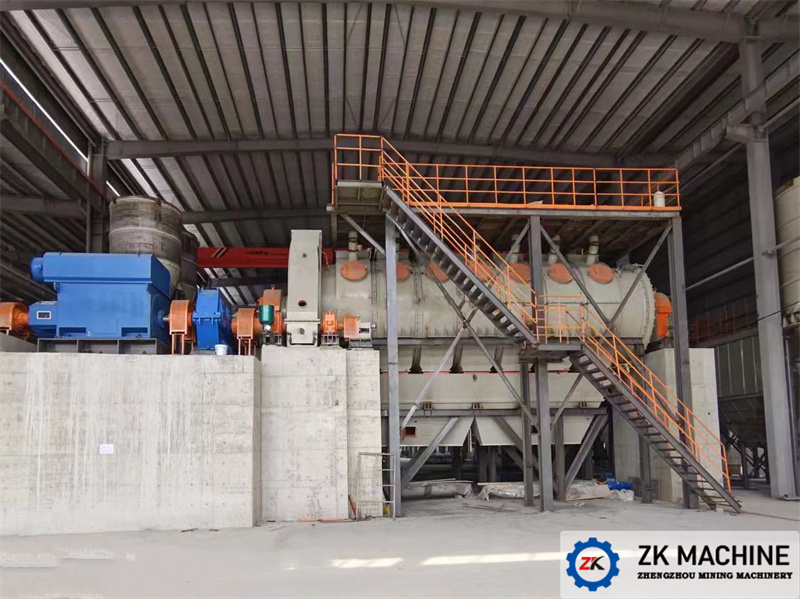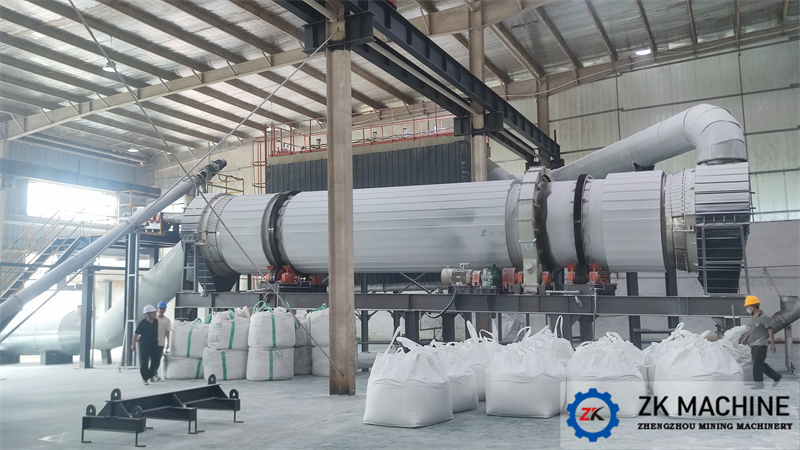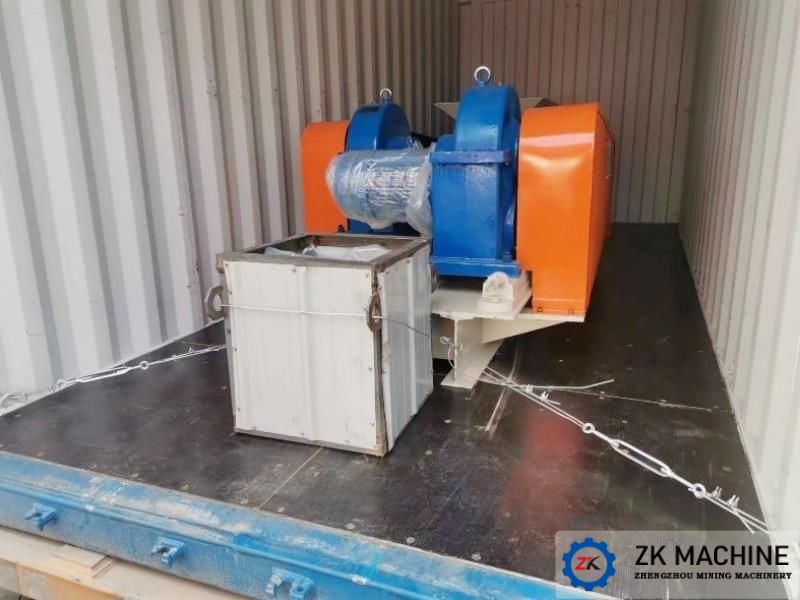Relevant Introduction of Large Inclination Belt Conveyor
The large-incline belt conveyor has the advantages of simple structure, reliable operation, convenient maintenance, etc., and has the characteristics of large-incline conveying, compact structure, and small area. Therefore, it is an ideal equipment for large-incline conveying and vertical lifting of materials. The corrugated sidewall belt conveyor was first developed by the former West German SCHOLTZ company in the early 1960s and has a history of nearly 40 years. Its technical patent has been purchased by British DOWTR company, Japanese BANDO company, etc. and approved for production. Formed a global manufacturing and sales network for sidewall machine series.
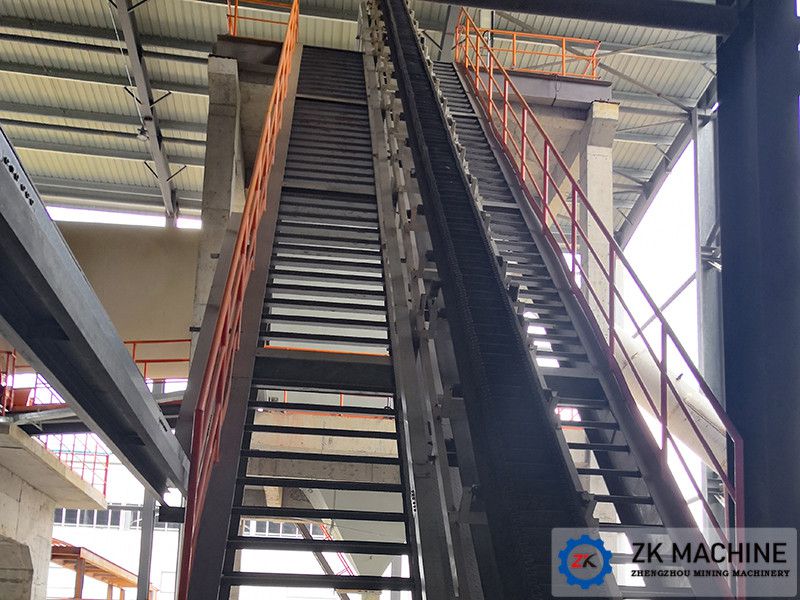
Structure and composition:
Conveyor belt with corrugated ribs: it plays a role of traction and bearing in the conveyor. The corrugated ribs, transverse partitions and base belt form a "gate"-shaped container for conveying materials, so as to realize large inclination conveyance.
Drive: It is the power part of the conveyor. The system is composed of Y series motor, ZJ type shaft-mounted reducer, and wedge type backstop.
Drive roller: It is the main part of power transmission, and the conveyor belt runs by the friction between it and the drive roller. This series of drive rollers are divided into rubber surface and smooth surface. The rubber surface roller is to increase the adhesion between the roller and the conveyor belt.
Redirection roller: used to change the running direction of the conveyor belt. The reversing roller is used on the lower surface of the conveyor belt (non-bearing surface).
Pressure roller: Used to change the running direction of the conveyor belt, and the pressure roller is used on the upper surface (loading surface) of the conveyor belt.
Roller: Roller is used to support the conveyor belt and the materials on the belt to make it run stably. This series has two types: upper parallel roller and lower flat roller.
Belt roller: The belt roller is used to support the lower branch of the conveyor belt on the convex arc section frame, and it is supported on the empty edges on both sides of the rib conveyor belt. Several groups of belt rollers form a circular arc section for redirecting the conveyor belt. The supporting roller adopts cantilever support.
Vertical roller: The vertical roller is used to limit the deviation of the conveyor belt, and is installed on the upper and lower transition frame. There are 4 frames on each filter section, two on the upper and two on the lower.
Flap wheel cleaning device: used to tap the back of the conveyor belt to shake off the material sticking to the conveyor belt.
Tensioning device: Its functions are: 1. Make the conveyor belt have enough tension to ensure that there is no slippage between the conveyor belt and the drive roller. 2. Limit the sag of the conveyor belt between the supports to make the conveyor run normally. This series adopts spiral tensioning device.
Frame, head funnel, head guard, material guide trough, intermediate frame, intermediate frame legs, etc.: play the role of support, dust prevention and material guiding in the conveyor respectively. There are three types of middle frame legs in this series: low type, Chinese type and high type. The lower horizontal section and tilt are only equipped with low intermediate frame legs, while the upper and lower horizontal sections are equipped with different intermediate frame legs (low, Chinese and high) according to different head frames (low, Chinese, and high head frames). High intermediate frame legs).
